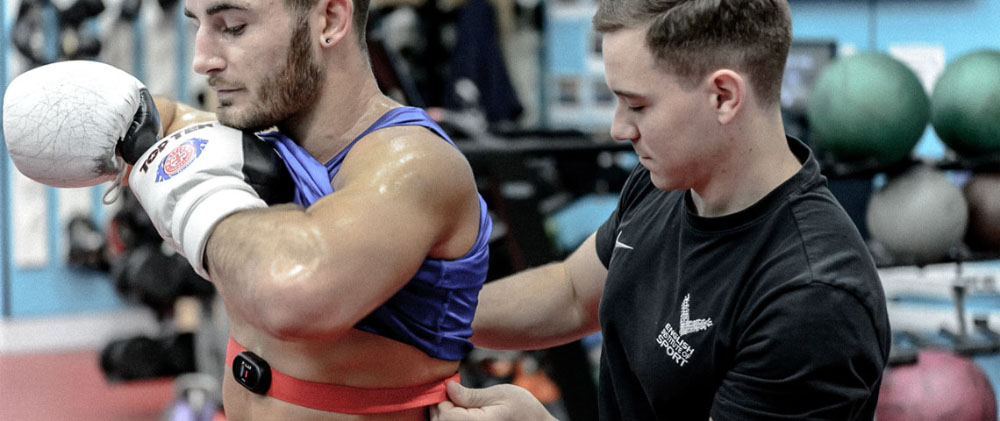High performance sport is continually getting harder, faster and stronger. As the need for performance optimization continues within the constraints of competition rules, welfare, and an increasing focus on sustainability. The individualization of equipment and apparel is also on the rise, in both the elite and consumer markets.
In November 2021, we released The Sports Technology Annual Review and Industry Power List, published in association with The English Institute of Sport. Within this, we shared an overview of tech innovation in the apparel and equipment sector, and suggested the year ahead would be a significant one. We called it right.
Formula 1 introduced new regulations on technical equipment in a bid to reduce the performance gap between the front and back of the grid and make overtaking easier. And, so far, we have already witnessed far more wheel-to-wheel racing and overtakes in the first eight races than perhaps the whole of last season combined.
While technical regulations across a whole host of sports continue to be redefined for the benefit of the participants and the viewing audience, equipment and apparel is continuing to play a significant role in improving individual performance at an elite level.
One key example is the Graphene Enabled Muscle Warming Jacket developed by The EIS for use at the Tokyo Olympics by champion gymnast, Max Whitlock. Whilst Japanese summer temperatures required most athletes to find ways to keep cool, indoors, fierce air-conditioning results in considerable muscle temperature reduction. When Max attended The Sports Technology Awards recently, he confirmed just how vital he found the jacket during the lag between call-up and performance.
In a deeper tech dive – and in much the same way that the Ineos 1:59 Challenge was tailored to propel Kenyan runner Eliud Kipchoge to a sub-two hour marathon in 2019 – the Pho3nix Foundation Sub7-Sub8 was an ambitious project to see what times triathletes could achieve.
On June 6, Kat Matthews, who only took up the sport in 2013 and turned professional 3 years ago, became the first woman to finish a full distance triathlon in under eight hours. Matthews stopped the clock in 7:31:54, completing the 3.8-kilometre swim, 180-kilometre bike, and 42-kilometre run in record time.
Matthews swam in a specially tailored wetsuit – including maximum flexibility and mobility in the shoulder area, as well as buoyancy in the lower body – with the thickness of each neoprene panel designed to complement her individual swim style.
Courtesy of high-tech swimming goggles, Matthews and her team were provided with live, in-vision stats on how fast they were going, comparative to the target, during the swim.
Matthews customised BMC bike was fitted with prototype Hutchinson Racing Lab tyres and USE poles were installed on a custom 18° wedge plate serving as aerobar extensions, helping Matthews hide from the wind and improve aerodynamics.
On the run, Kat used a yet-to-be-released Asics Metaspeed Sky+ shoe harnessing the latest in carbon-plate trainer technology, which allows runners to extend their stride length, conserving energy and allowing them to maintain pace in the later stages of a race.
Matthews feat is the latest example of the individualization and customization of equipment performance trends that we pointed to in our Annual Review. Pro athletes are no longer restricted to a selection of standard parts, and neither are consumers.
Customization is already starting to trickle down to retail consumer apparel, creating an opportunity for the enthusiastic amateur athlete to optimize their kit according to their body shape, whilst enhancing the buying experience.
These trends are great news for the sport technology sector in general, opening up wider consumer audiences for an abundance of products that may previously only have been bespoke items for truly elite performers.



